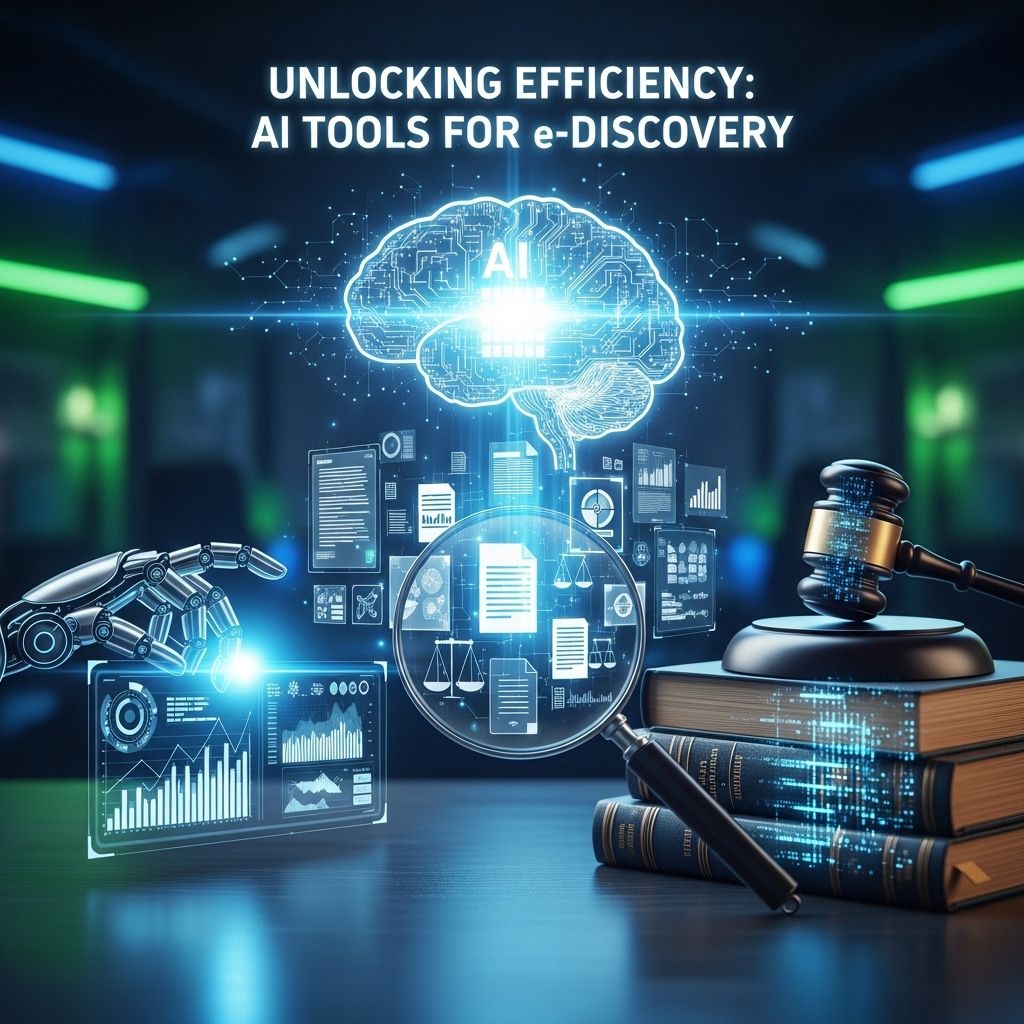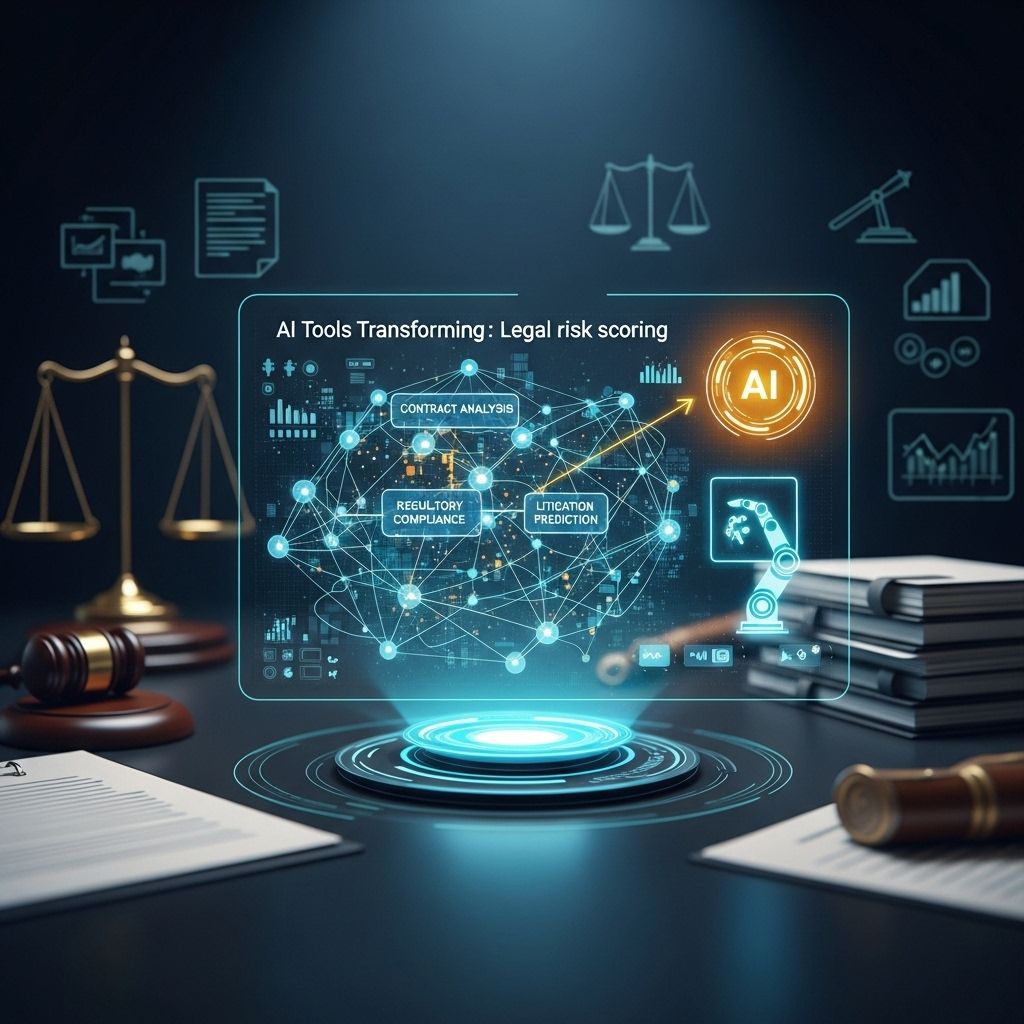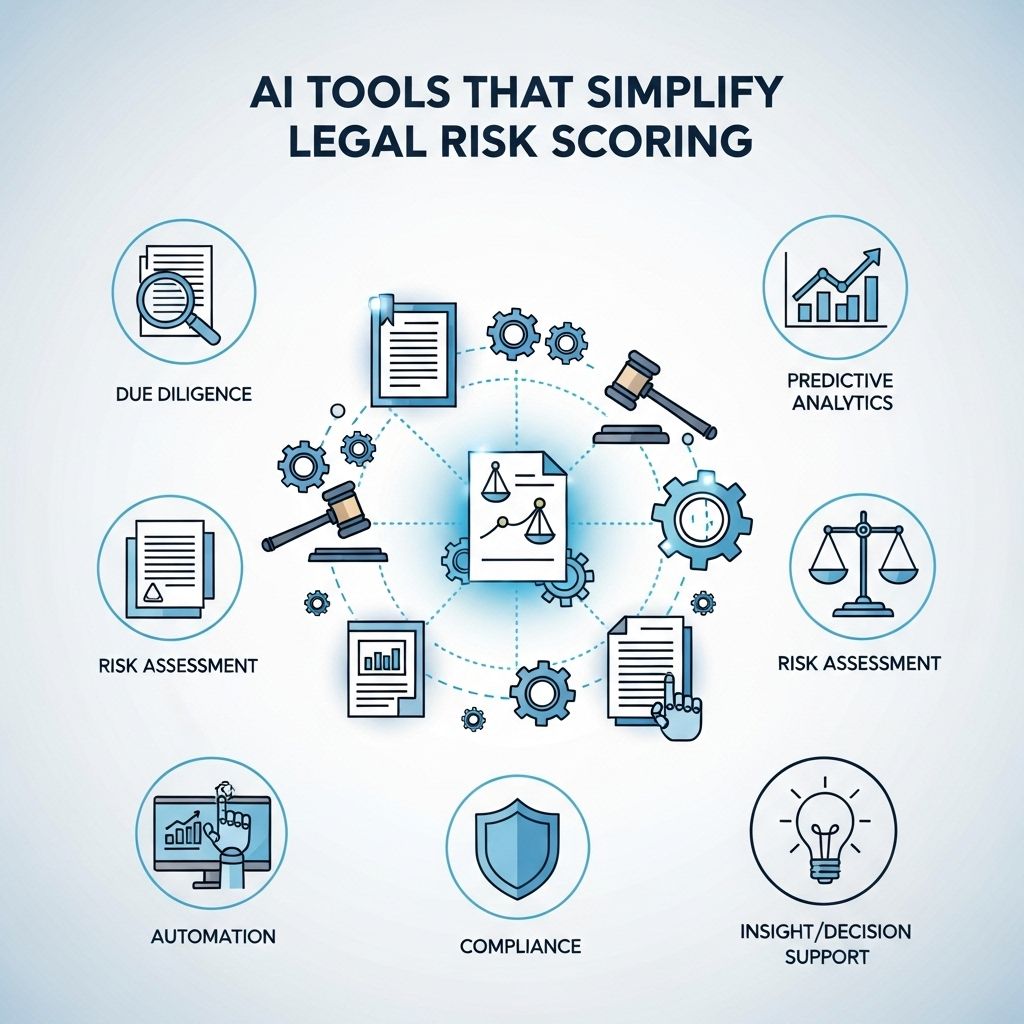Unlocking Efficiency with AI Tools for e-Discovery
Discover how AI tools can enhance efficiency in e-Discovery processes, saving time and resources while improving accuracy in legal cases.

The digital landscape has transformed the way businesses operate, especially in the realm of legal processes. e-Discovery, a term referring to the electronic aspect of identifying, collecting, and producing electronically stored information (ESI) for legal purposes, has become a crucial component in litigation and compliance. As data volumes grow exponentially, traditional methods of e-Discovery become increasingly inefficient and costly. This is where artificial intelligence (AI) steps in, revolutionizing the way e-Discovery is performed.
Table of Contents
Understanding e-Discovery
Before diving into how AI tools enhance e-Discovery, it’s essential to understand what e-Discovery entails. The process generally includes several stages:
- Identifying: Determine the data sources that may contain relevant information.
- Preserving: Ensure that the data is protected from alteration or deletion.
- Collecting: Gather the relevant data in a forensically sound manner.
- Processing: Convert the data into a usable format for review.
- Reviewing: Analyze the data to find pertinent information.
- Producing: Deliver the relevant information to the requesting party.
The Role of AI in e-Discovery
Artificial Intelligence encompasses a range of technologies that enable machines to learn from data, identify patterns, and make decisions. In the context of e-Discovery, AI can streamline processes, reduce costs, and enhance the accuracy of results. Here are some key ways AI is changing the e-Discovery landscape:
1. Data Analysis and Pattern Recognition
AI algorithms can analyze vast amounts of data quickly and efficiently. By employing techniques such as machine learning and natural language processing, these tools can:
- Identify relevant documents within millions of records.
- Recognize patterns in data that may be indicative of critical information.
- Flag anomalies or outliers for review.
2. Predictive Coding
Predictive coding is a machine learning technique that automates the document review process. Trained on a set of documents, AI can learn to recognize relevant and irrelevant information. The benefits include:
- Speed: Significantly reduces the time spent on manual review.
- Cost Efficiency: Decreases the costs associated with legal teams reviewing documents.
- Improved Accuracy: Reduces the risk of human error during the review process.
3. Enhanced Search Capabilities
Traditional search methods rely on keyword matching, which can miss context and nuance in documents. AI-driven search tools offer:
- Semantic Search: Understands the meaning behind search queries, leading to more relevant results.
- Contextual Analysis: Considers the broader context of documents, improving the chances of finding pertinent information.
Popular AI Tools for e-Discovery
As the demand for AI in e-Discovery grows, several robust tools have emerged that legal professionals can leverage:
| Tool | Key Features | Best For |
|---|---|---|
| Relativity | AI-powered analytics, visualizations, and predictive coding | Large-scale litigation |
| Logikcull | Automated document organizing and smart search technology | Small to mid-sized firms |
| Everlaw | Collaborative review, integrated case management | Complex cases requiring teamwork |
| DISCO | Cloud-based platform with AI-enhanced search capabilities | Any size firm looking for efficiency |
Considerations When Implementing AI Tools
While AI tools can significantly enhance the e-Discovery process, there are several considerations to keep in mind:
1. Data Security and Privacy
Ensuring that sensitive data remains protected is paramount. Organizations must evaluate the security measures of any AI tool they consider.
2. Integration with Existing Systems
The AI tool should seamlessly integrate with current systems and workflows to ensure a smooth transition and minimize disruptions.
3. Training and Adoption
Legal teams need adequate training to leverage AI tools effectively. Organizations should invest in training programs to facilitate this process.
The Future of AI in e-Discovery
As AI technology continues to evolve, the future of e-Discovery looks promising. Innovations such as advanced natural language processing, better predictive analytics, and more efficient machine learning algorithms will likely dominate the landscape. Legal professionals will need to stay abreast of these developments to maintain an edge in their practices.
Conclusion
AI tools are not just a passing trend in e-Discovery; they are reshaping the industry in meaningful ways. By harnessing the power of AI, legal teams can unlock efficiency, reduce costs, and improve accuracy in their e-Discovery processes. As technology advances, the integration of AI into legal workflows will only deepen, paving the way for a more streamlined and effective approach to handling electronic data in legal contexts.
FAQ
What is e-Discovery and how does it work?
e-Discovery refers to the process of identifying, collecting, and producing electronically stored information (ESI) for legal cases. It works by utilizing technology to automate the search and retrieval of relevant data from various sources.
How can AI tools enhance the e-Discovery process?
AI tools enhance the e-Discovery process by automating tasks such as data sorting, document review, and predictive coding, which significantly reduces time and costs while improving accuracy.
What are the benefits of using AI in e-Discovery?
The benefits of using AI in e-Discovery include increased efficiency, faster processing times, improved accuracy in identifying relevant documents, and the ability to handle large volumes of data with ease.
Are AI e-Discovery tools compliant with legal standards?
Yes, reputable AI e-Discovery tools are designed to comply with legal standards and regulations, ensuring that data handling and processing meet the necessary legal requirements for evidence in court.
What features should I look for in an AI e-Discovery tool?
When selecting an AI e-Discovery tool, look for features such as advanced analytics, machine learning capabilities, user-friendly interfaces, integration options, and robust security measures.
How does AI improve the accuracy of document reviews in e-Discovery?
AI improves the accuracy of document reviews in e-Discovery by using algorithms that learn from previous reviews to identify pertinent information, reducing human error and ensuring that relevant documents are not overlooked.








